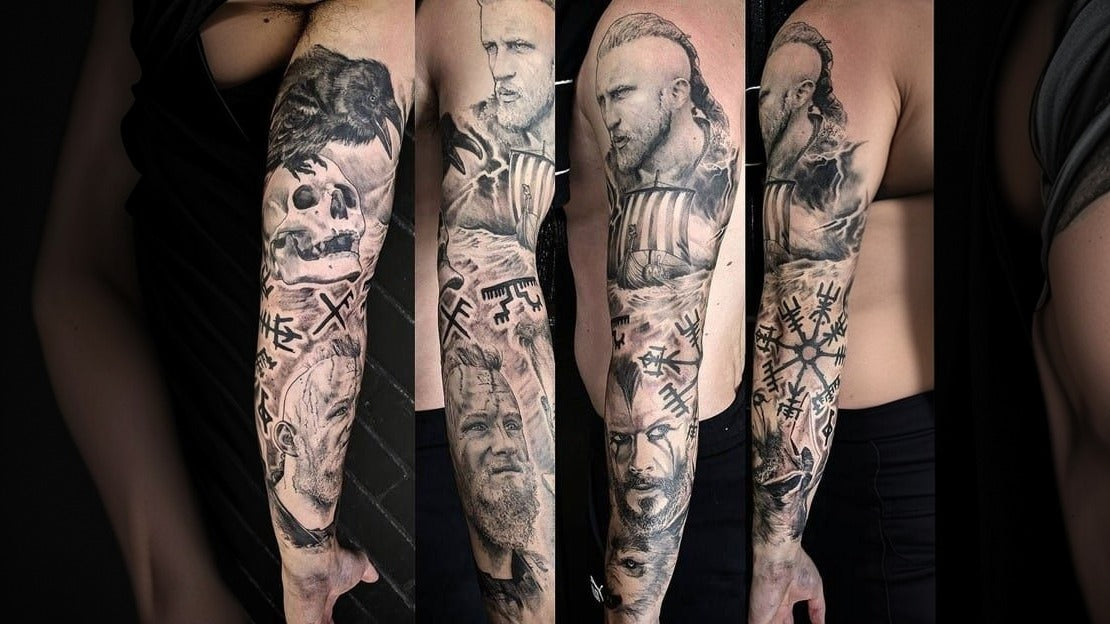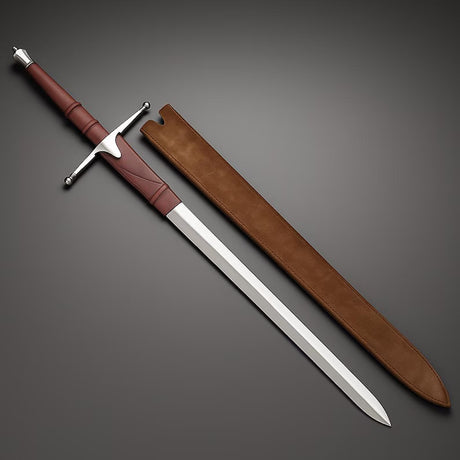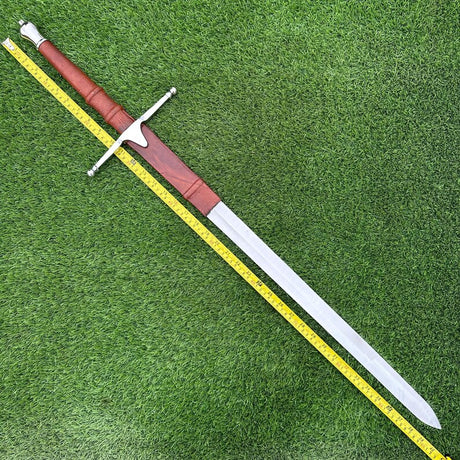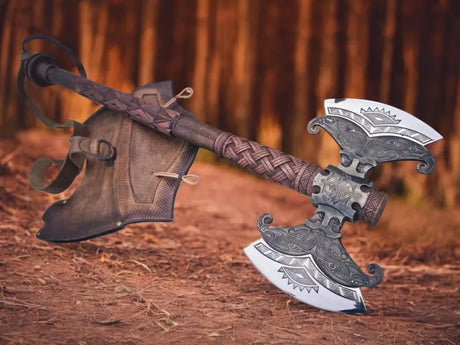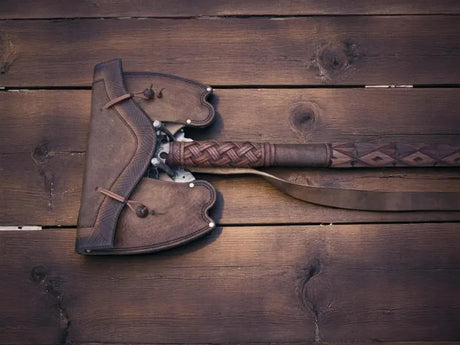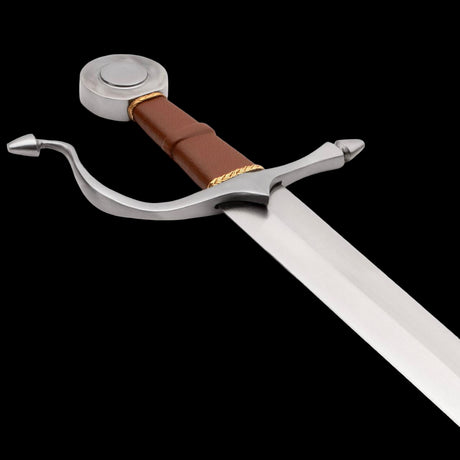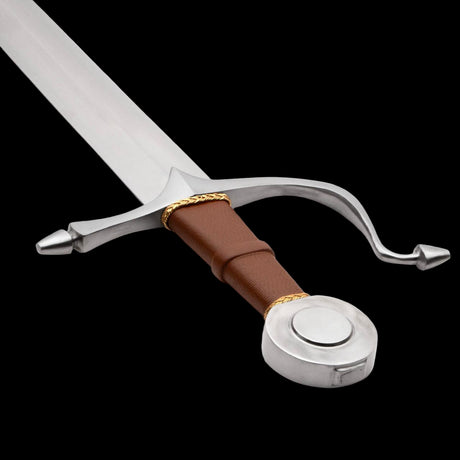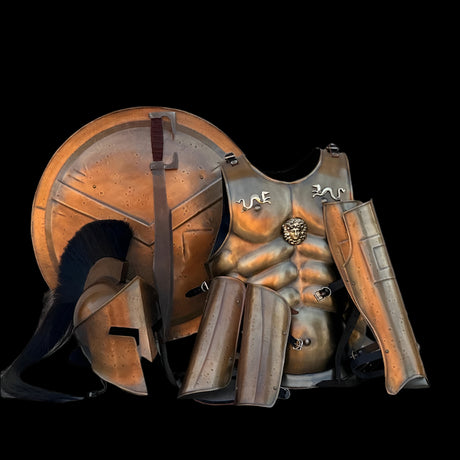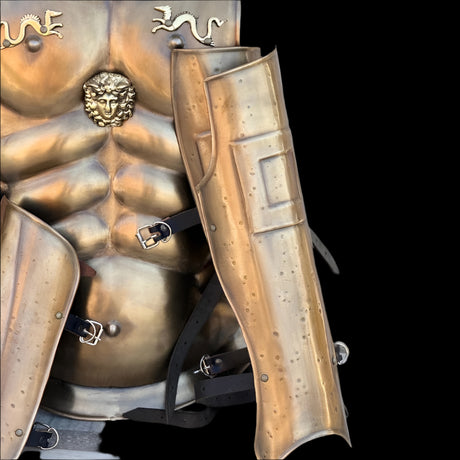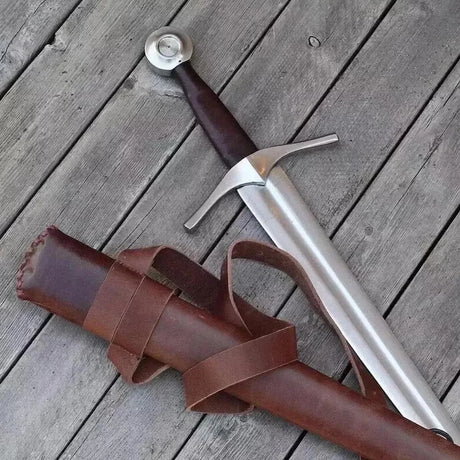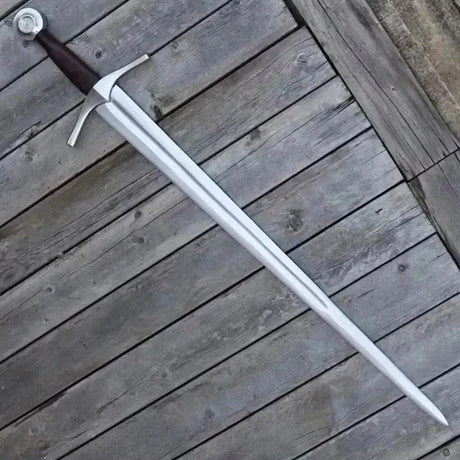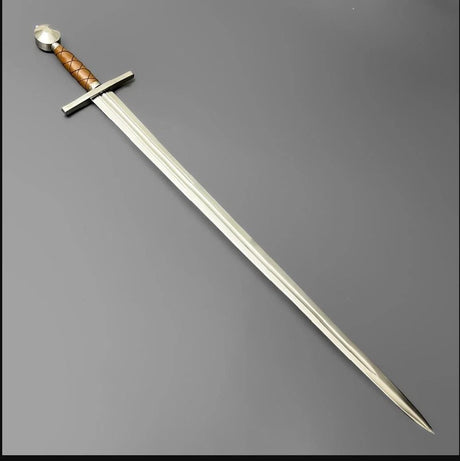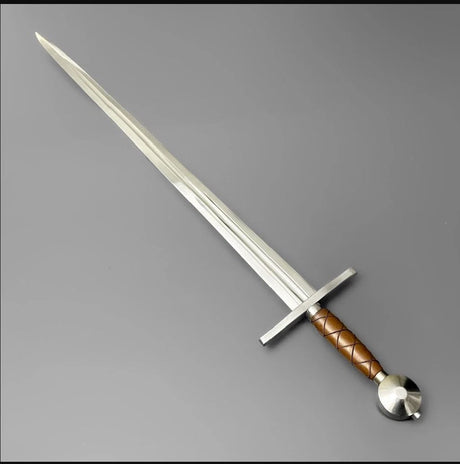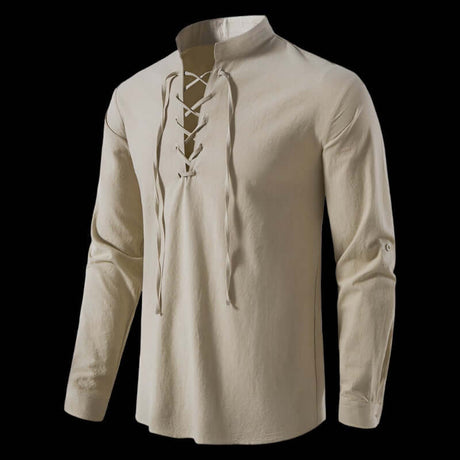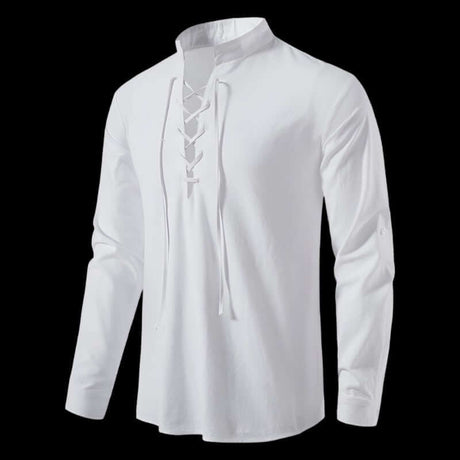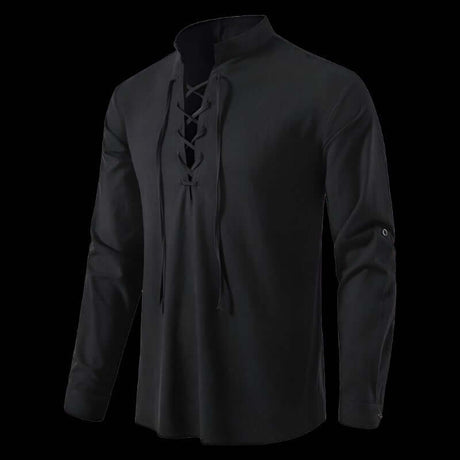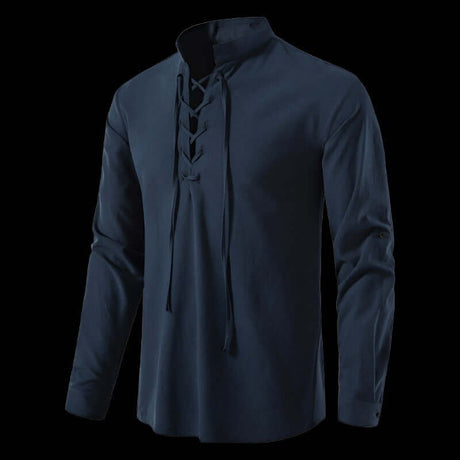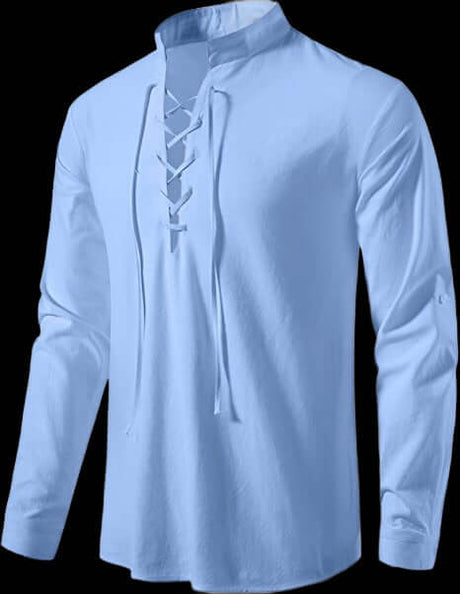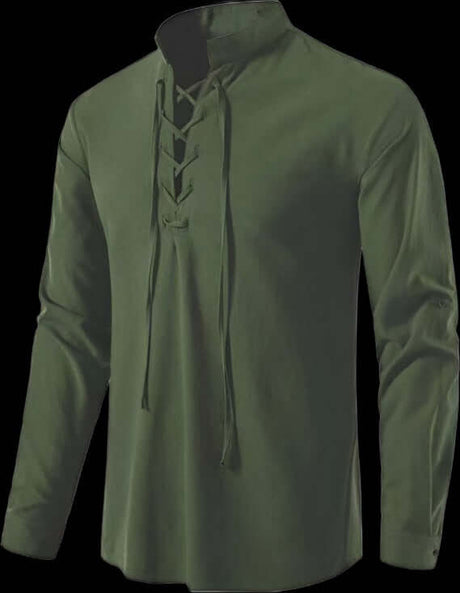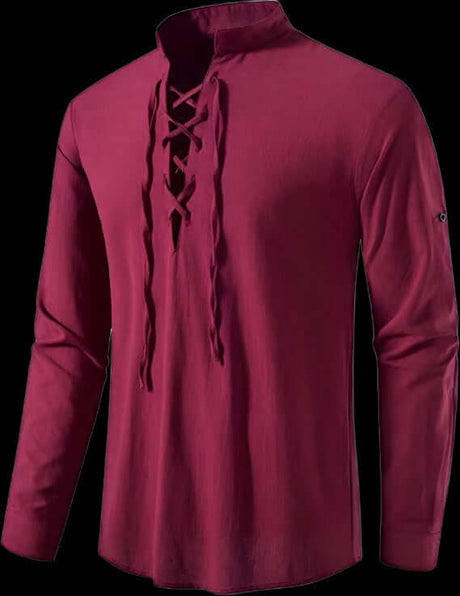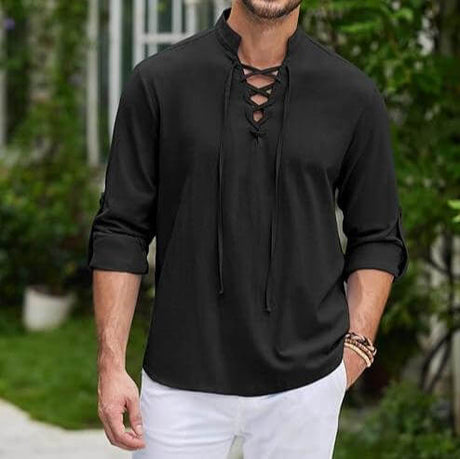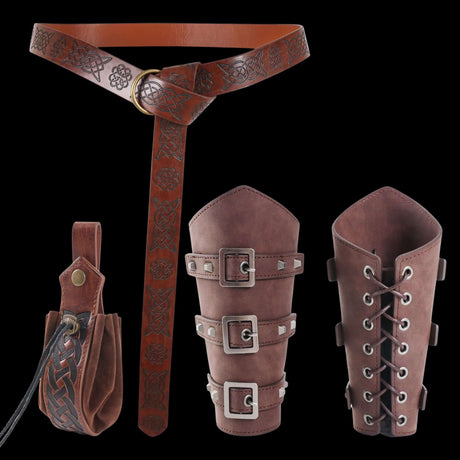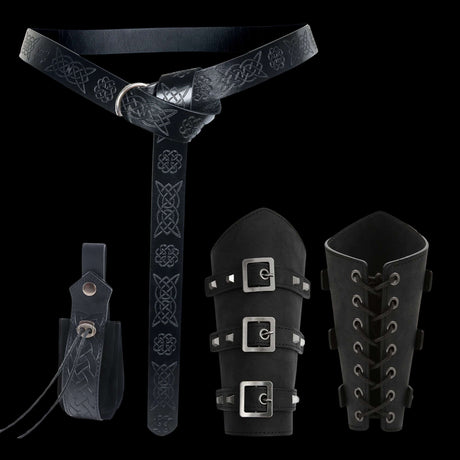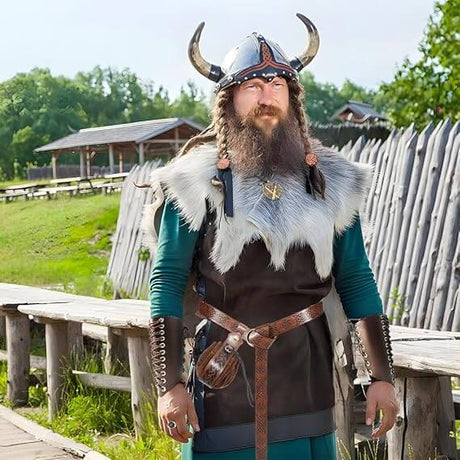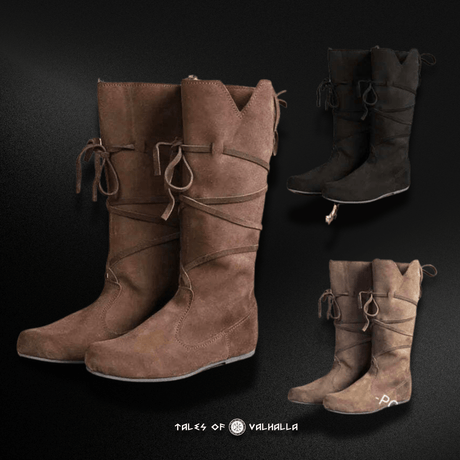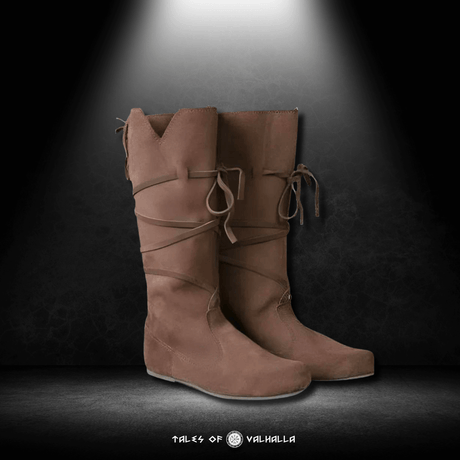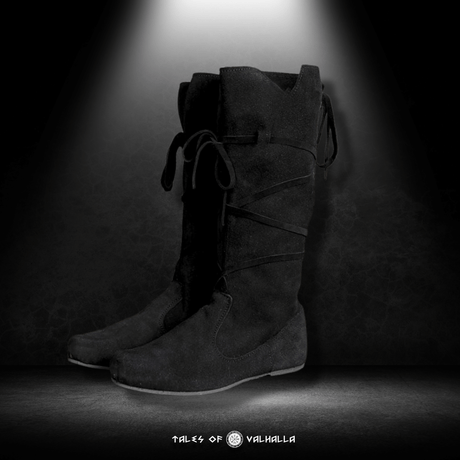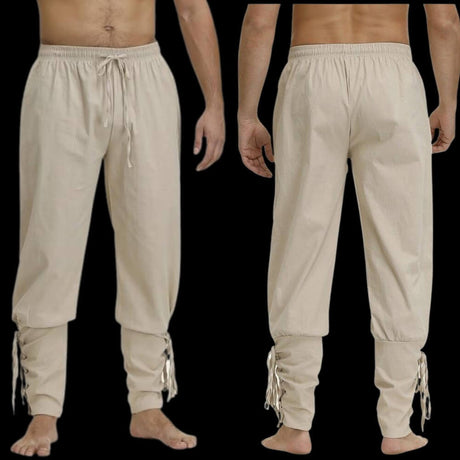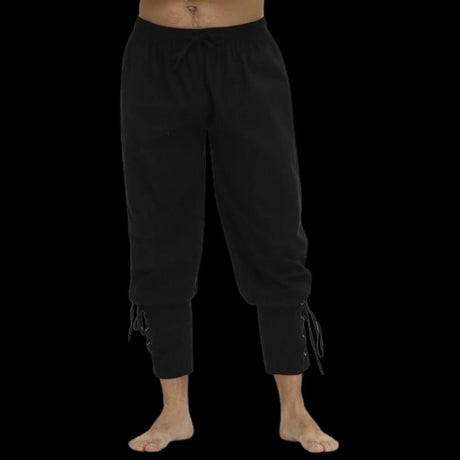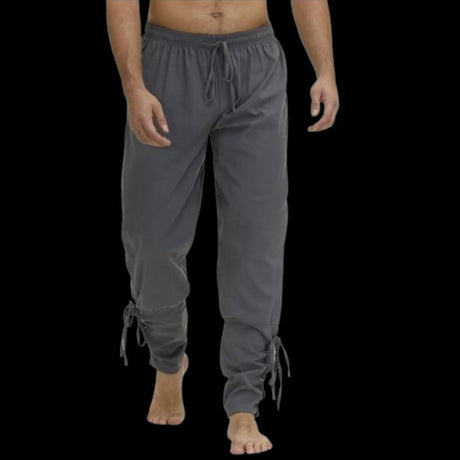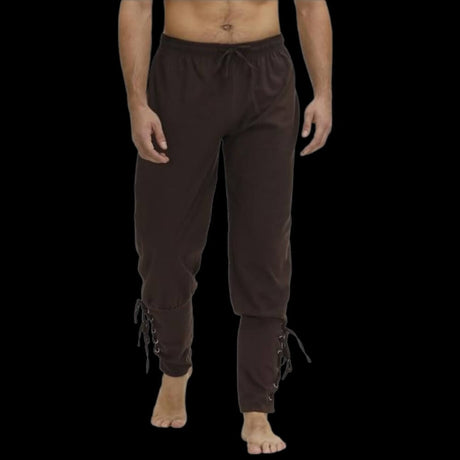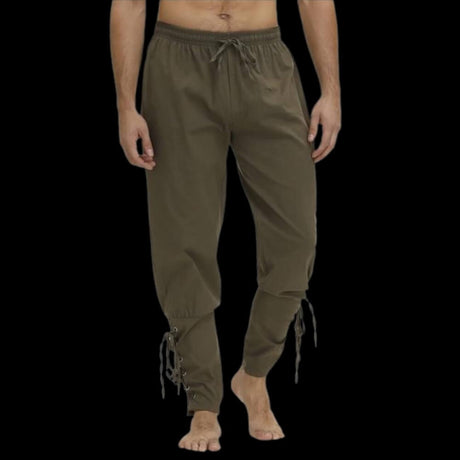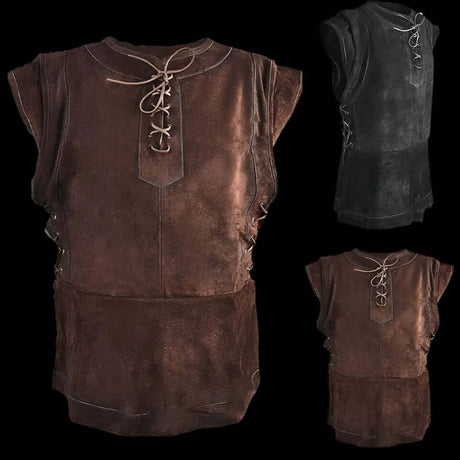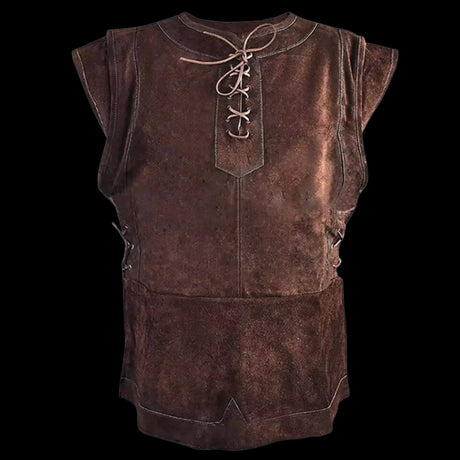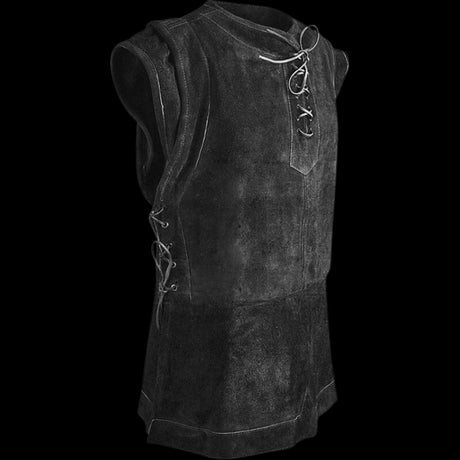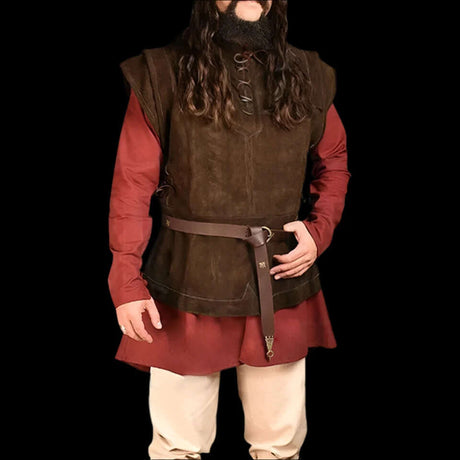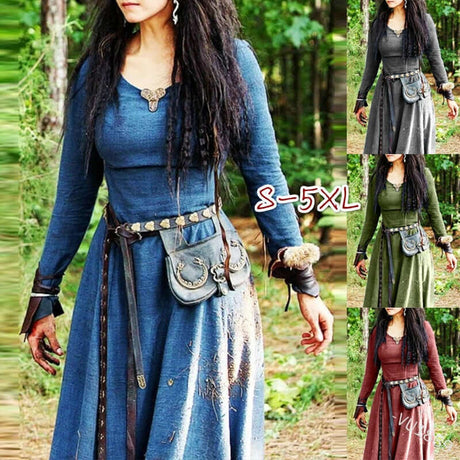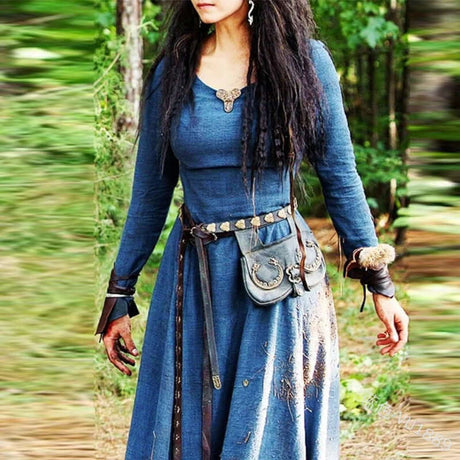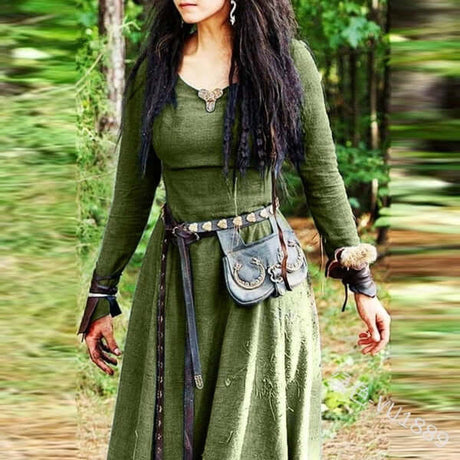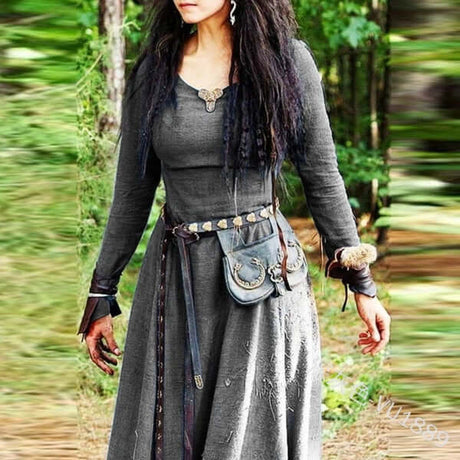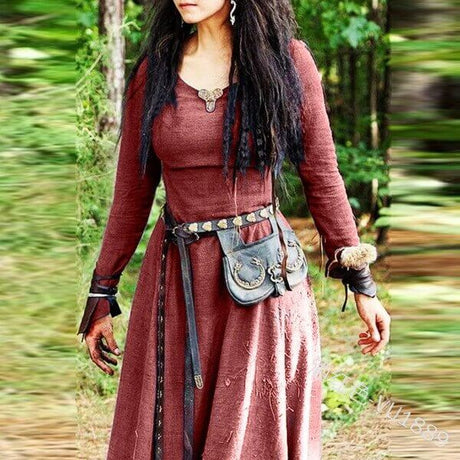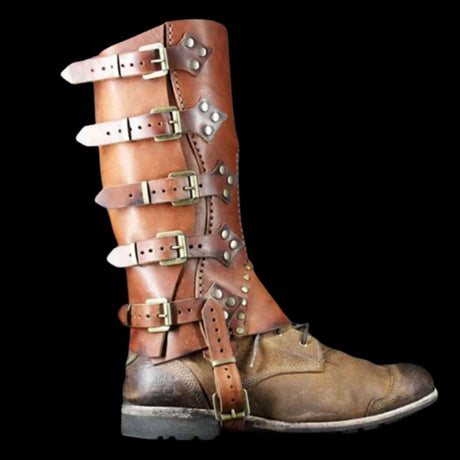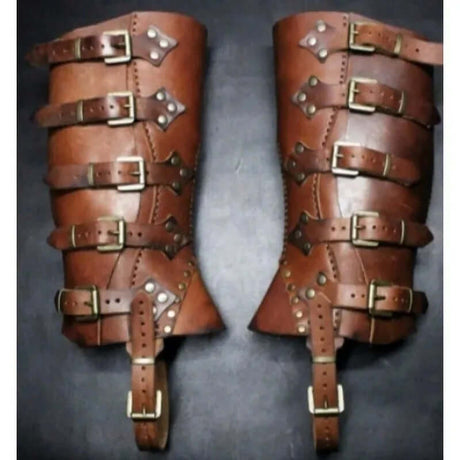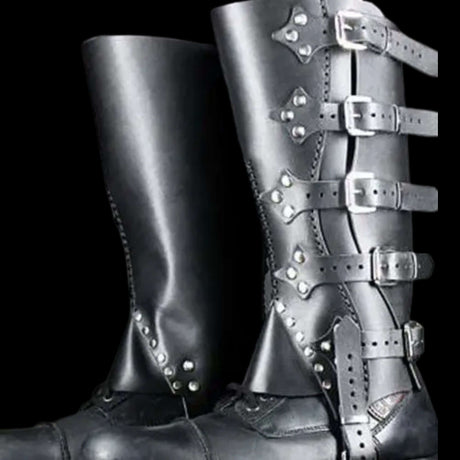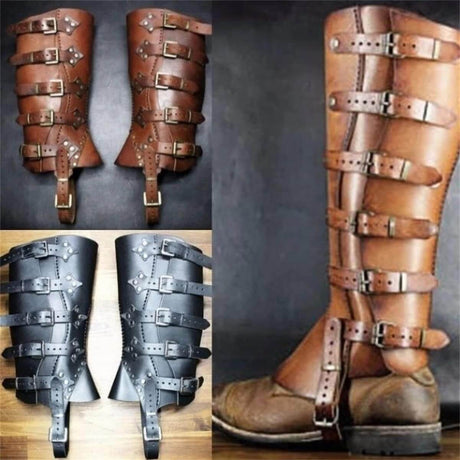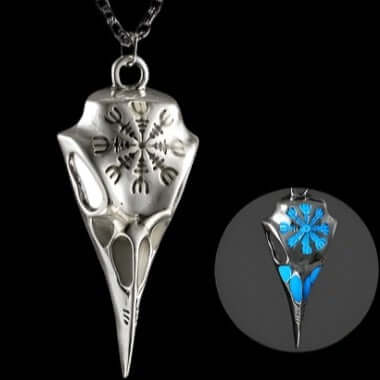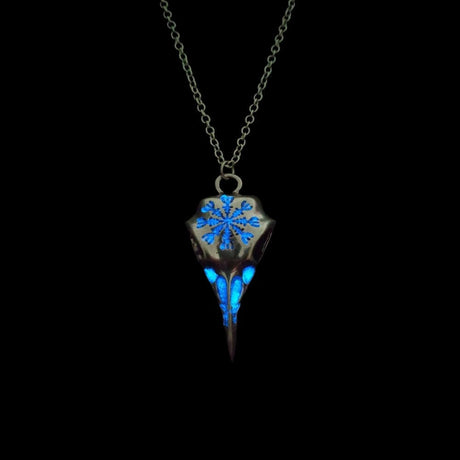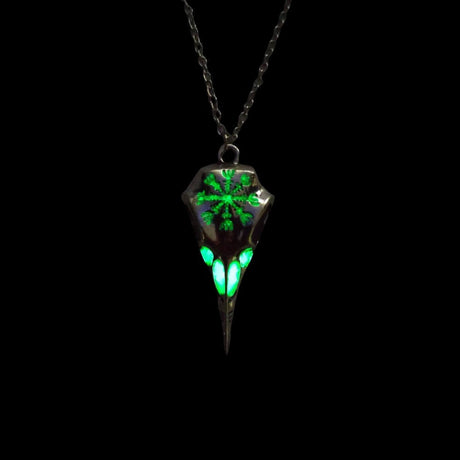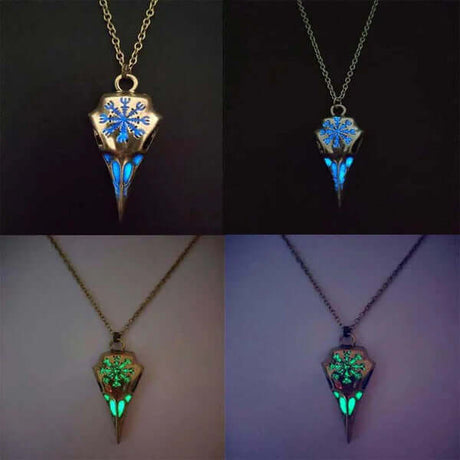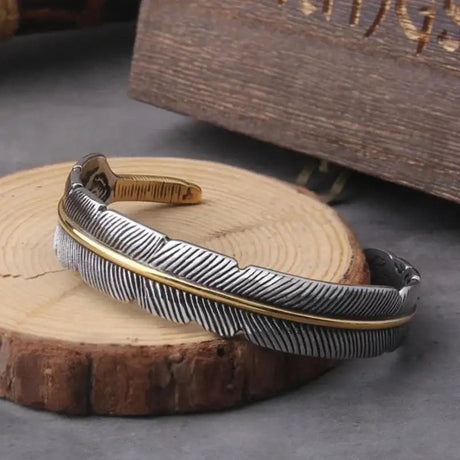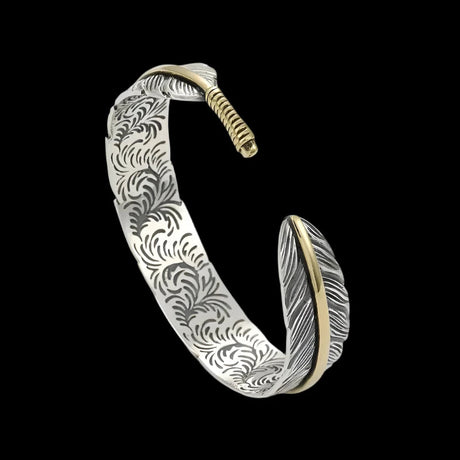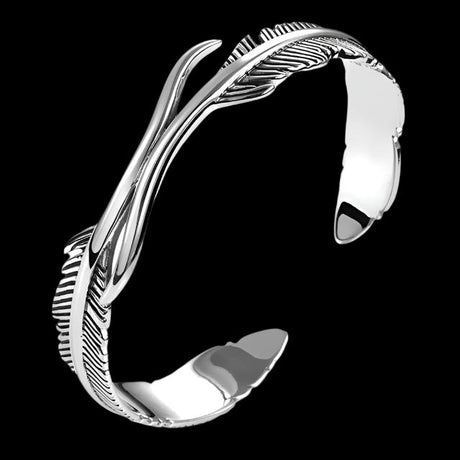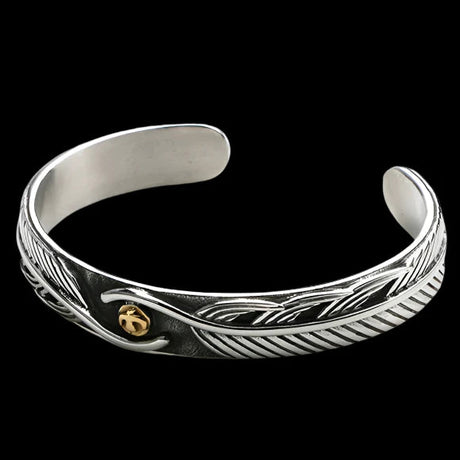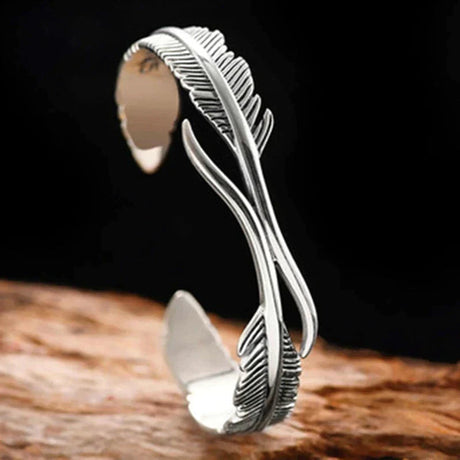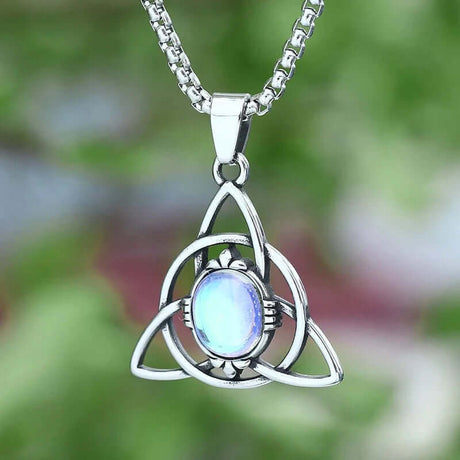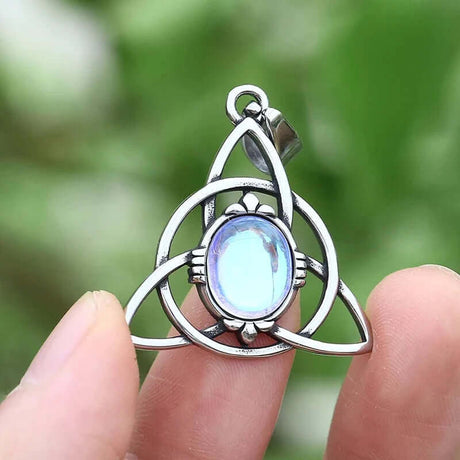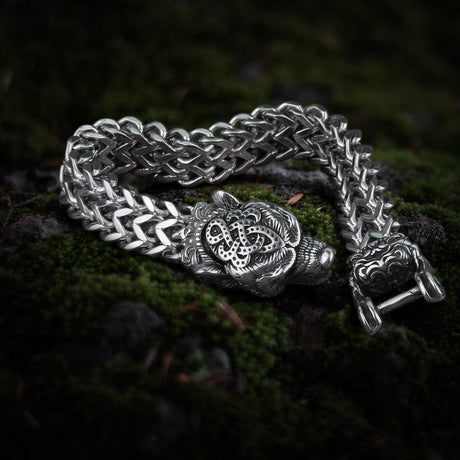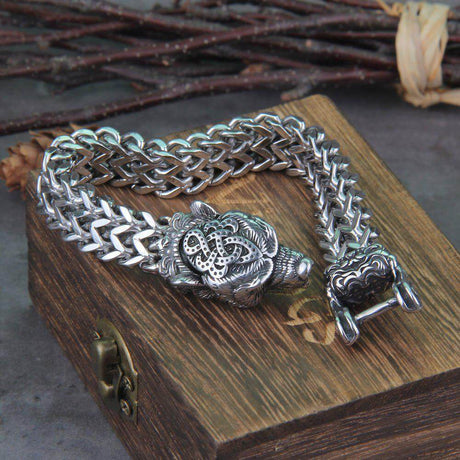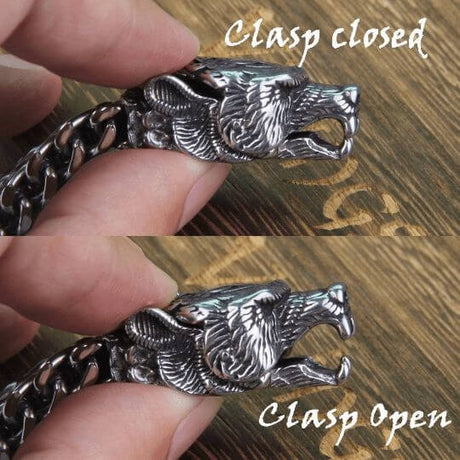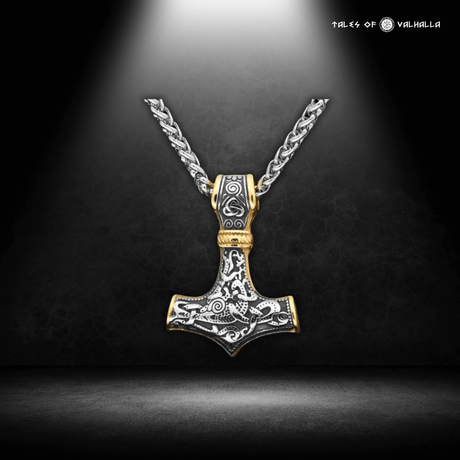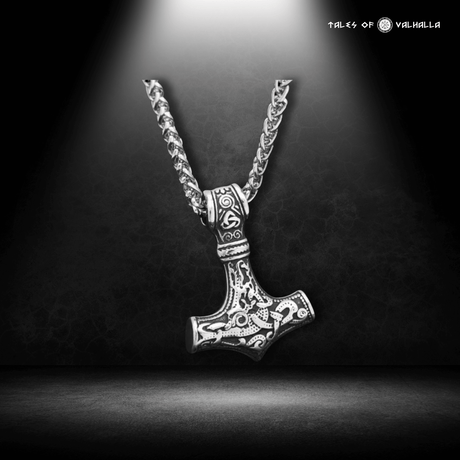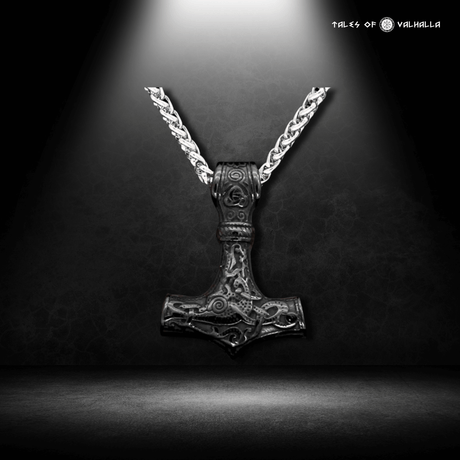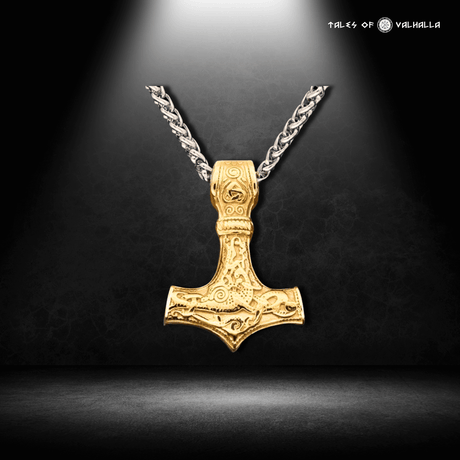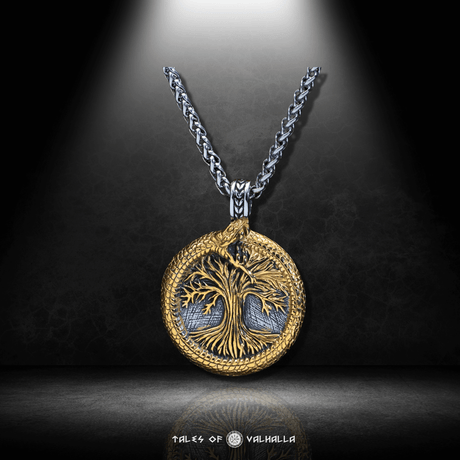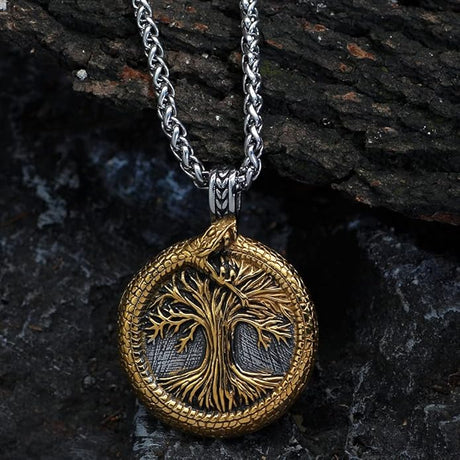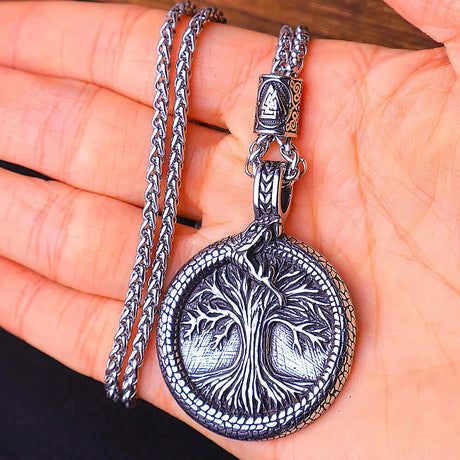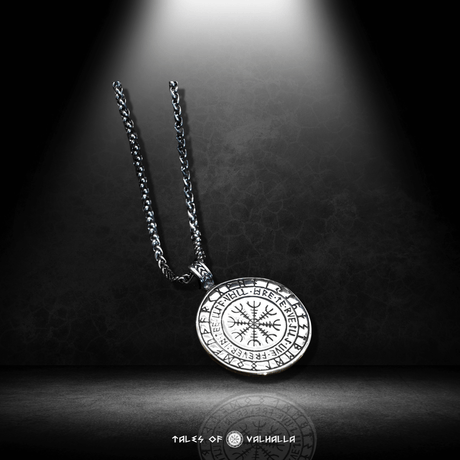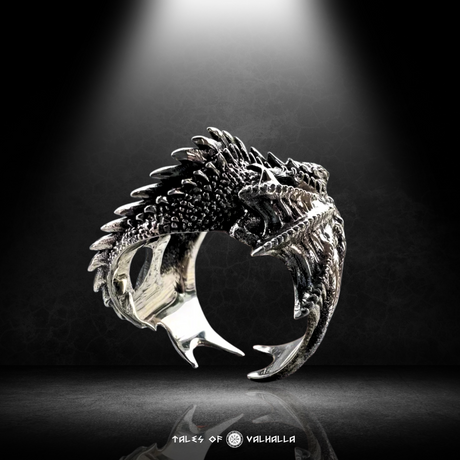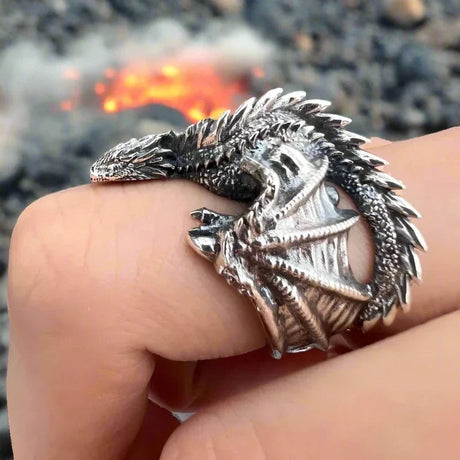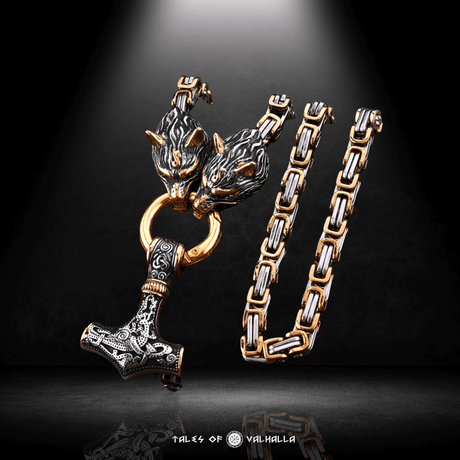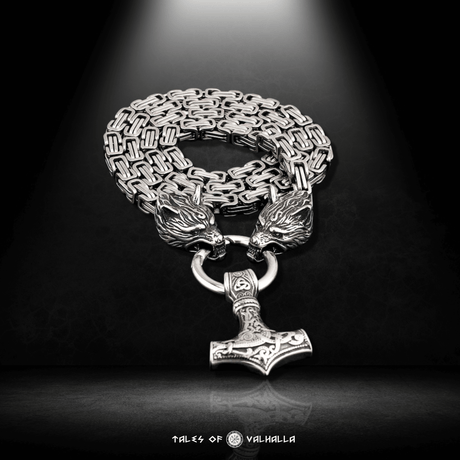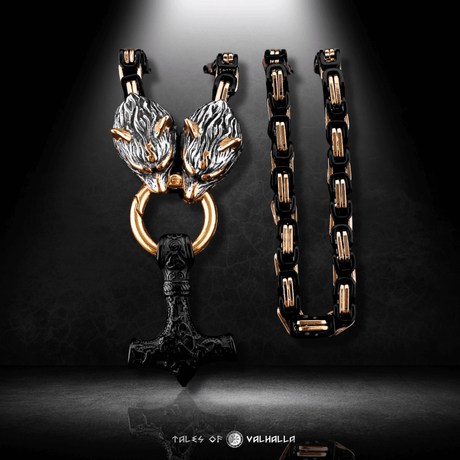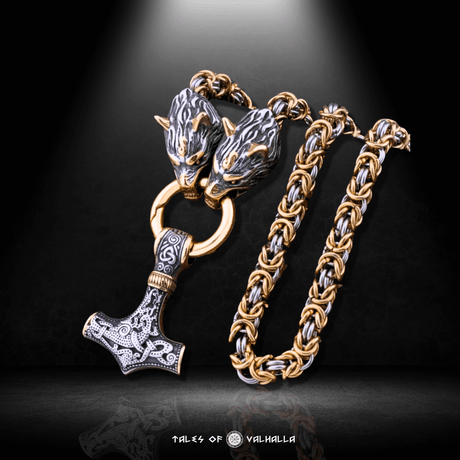Step into the world of Viking tattoos, where ancient symbols and designs are full of deep meaning. These tattoos are more than pretty pictures; they tell stories of bravery, honor, and spirituality. They come from a long history that connects us to our ancestors, and today, people love them for their beauty and power.

Viking tattoos have symbols like Thor's hammer and the mysterious Valknut. Each one has its own special meaning. They show what the wearer believes in and their personal story. Whether you like fierce animals or complex patterns, there's a Viking tattoo for you.
This guide will take you deep into the world of Viking tattoos and their meanings. We'll look at their history and what they mean. You'll learn about the symbols and how they're used in tattoos today. This is perfect for anyone who loves history, spirituality, or bold tattoos.
The History and Significance of Viking Tattoos
Viking historical tattoos have always caught our attention. Their origins are still a mystery, but we know they were important in Viking culture. Archaeologists and historical records give us clues about their meaning.
The Vikings started tattooing in the early medieval times. When archaeologists dig up Viking graves, they find preserved skin with tattoos. This shows us that tattoos were a big part of their culture.
Viking tattoos meant more than just looking good. They were full of symbols and showed social status, achievements, and spiritual beliefs. Warriors got tattoos to show they were brave. People of high rank or certain roles in society had tattoos too, to show who they were.
Getting a Viking tattoo was hard and hurt. Artists used natural dyes and tools like sharpened bone or metal to put the ink in the skin. The tattoos were detailed and lasted a long time, showing the skill of the artists.
The art of tattooing held a sacred and transformative power in Viking culture, connecting the wearer to their ancestral roots and the realm of the divine.
Looking into Viking tattoos, we see a world full of symbols and meanings. These tattoos remind us of the Viking culture's lasting impact. They also show us the beauty of body art through the ages.
Viking Tattoo Symbols and Their Meanings
Viking tattoos are filled with deep symbolism, each design holding a special meaning from Norse mythology. The Valknut, Mjolnir, and Yggdrasil are top symbols, each with its own deep significance.
The Valknut, known as the "knot of the slain," stands for the afterlife and Odin's power. It's a complex knot often seen in Viking tattoos. It shows the link between life, death, and the gods.
(Source: Northern Black)
Mjolnir, Thor's mighty hammer, is a key symbol in Viking tattoos. It stands for strength, protection, and the power to face life's hurdles. People with this tattoo aim to tap into Thor's strength and resilience.
The Yggdrasil, or "Tree of Life," is vital in Norse tales. It shows how everything in the universe is connected. In Viking tattoos, it represents the past, present, and future, along with the different worlds.
Other important Viking symbols include:
- The Aegishjalmur, or "Helm of Awe," for protection and overcoming fear
- The Vegvisir, or "Norse Compass," for guidance and finding one's path
- The Triskelion, a three-legged symbol for life's cycle, death, and rebirth
By adding these symbols to their tattoos, people link with the Viking Age's wisdom and strength. They create tattoos that are both meaningful and beautiful. These tattoos share stories of personal growth, resilience, and spiritual bond.
Viking Rune Tattoos and Their Interpretations
Viking rune tattoos are a way to honor Norse heritage or connect with the Viking age's deep symbolism. The ancient Viking alphabet, known as runes, was believed to be magical. Adding these tattoos to your body art makes a design that looks great and holds spiritual meaning.
The Elder Futhark, the Viking runic alphabet, has 24 characters, each with its own sound and meaning. These runes can be combined to form words or poems, offering many creative tattoo options. But, it's important to get the runes translated right to keep their true meaning and avoid mistakes.
- Fehu: Means wealth, abundance, and success
- Uruz: Symbolizes strength, endurance, and untamed potential
- Thurisaz: Shows protection, defense, and overcoming challenges
- Ansuz: Means wisdom, communication, and divine inspiration
- Raidho: Represents journey, progress, and life's rhythm
Choosing a Viking rune tattoo means working with a tattoo artist who knows the runic alphabet well. This way, you can make a design that's meaningful and looks good. Using several runes lets you tell a story or send a message with your tattoo, making it special and personal.
The runes have a story to tell, and it's up to you to interpret their message and apply it to your life.
Whether you pick one rune or many, a Viking rune tattoo reminds you of Norse wisdom, strength, and resilience. It's a lasting and meaningful part of your tattoos.
Animal Symbols in Viking Tattoos

Animal Symbols in Viking Tattoos
In traditional Viking tattoos, animals like ravens, wolves, and dragons are key. They carry deep meanings tied to Norse mythology. These symbols are often found in nordic viking tattoos and meanings.
Ravens are linked to Odin, the All-Father of Norse gods. Odin has two ravens, Huginn and Muninn, which mean thought and memory. A raven tattoo stands for wisdom, knowledge, and insight beyond the physical world.
Wolves symbolize loyalty, strength, and the warrior spirit in Viking tattoos. They are connected to Fenrir, a giant wolf set to fight Odin in Ragnarök. A wolf tattoo shows the wearer's bravery and readiness to defend their beliefs.
Dragons, though less common in Norse mythology, are still important in Viking tattoos. They represent power, protection, and nature's forces. A dragon tattoo can show the wearer's inner power and ability to face challenges.
When choosing a Viking tattoo with animal symbols, think about placement and design. These symbols can fit well in larger tattoos or stand alone. They express a deep connection to Norse mythology and culture.
Understanding the symbolism of animal symbols in Viking tattoos helps create meaningful designs. Whether it's a raven, wolf, dragon, or another symbol, your tattoo will remind you of your strength and connection to ancient traditions.
Viking Tattoos
Viking tattoos have become very popular lately. Many people like the strong symbols and detailed designs from Norse culture. These tattoos often show viking symbol tattoo meaning, like strength, protection, and spiritual importance. The most wanted Viking tattoos mix traditional and modern styles.
The Helm of Awe and the Aegishjalmur are top Viking tattoo choices. The Helm of Awe is for protection and bravery. It's thought to give the wearer courage and help them face challenges. The Aegishjalmur is a guide and protector, shown as a design with eight arms.
These symbols are not just pretty but also have deep meanings. The Helm of Awe keeps the wearer safe from harm. The Aegishjalmur guides the wearer through life and helps them find their way.
Before getting a Viking tattoo, know what each symbol means. Some other popular Viking symbols include:
- Mjolnir, the hammer of Thor, stands for strength and safety
- Valknut, a sign of the afterlife and Odin's power
- Yggdrasil, the Tree of Life, connects all living beings
- Huginn and Muninn, Odin's ravens, mean thought and memory
Viking tattoos are flexible and can be made to fit your style. You can pick a single symbol or a full design. Either way, it's a way to show your connection to Norse culture and myths.
Viking tattoos are not just for their looks. They come with a deep history and symbolism. Wearing these tattoos connects you to the strength and spirit of the Norse people.
When looking into Viking tattoos, learn about the symbols and their meanings. This way, you can wear your tattoo with pride. It will show a strong part of your identity and journey.
Norse Mythology Inspired Tattoo Designs
Norse mythology is full of inspiration for those looking for meaningful tattoos. It's a world of gods, goddesses, and mythical creatures. Each one has its own symbolism and stories that can inspire tattoos. From Odin to Loki, each figure has traits that connect with people deeply.
Many choose to get tattoos of Norse gods. Odin, the wise ruler of Asgard, is often shown with his ravens and the Valknut symbol. These symbols represent life, death, and rebirth. Thor, the god of thunder, is shown with his hammer, Mjölnir. This symbolizes strength and protection.
Loki, the trickster god, is also popular. His complex nature and ability to change make him appealing. Tattoos of Loki often include his horned helmet or the serpent from his story.
Norse mythology is full of epic tales of battles and quests. These stories can be turned into large Viking tattoos. Some popular choices include:
- The creation myth of Yggdrasil, the cosmic tree that connects the Nine Worlds
- The battle of Ragnarök, the prophesied end of days where gods and giants clash
- The exploits of legendary heroes such as Sigurd, who slayed the dragon Fafnir
Using Norse mythology, people can create tattoos that are both meaningful and beautiful. These tattoos can be small symbols or large scenes. They remind us of the Vikings' legacy and the wisdom in their stories.
Celtic Influence on Viking Tattoo Art
Viking tattoos are often linked to Norse mythology and Scandinavian culture. Yet, it's key to see how Celtic art shaped Viking tattoo designs. The Vikings and Celts had deep cultural ties, blending their art in tattoo designs.
The Vikings and Celts met through trade, raids, and settlements. This led to sharing of ideas and styles. Celtic knots and patterns became part of Viking tattoos. These knots symbolize life's connections and the soul's eternal nature.

Celtic Influence on Viking Tattoo Art
Today, many Viking tattoos mix Celtic knots and patterns. This creates a blend of Viking and Celtic art. Traditional Viking symbols like the Mjolnir meet Celtic art's flowing lines and spirals. The result is a unique style that honors both cultures.
The Tree of Life is a symbol shared by both cultures. It shows the link between heaven and earth, and life's cycle. In Viking tattoos, Celtic knots make up the Tree's branches and roots, making it a powerful symbol.
Celtic influence also shows in Viking tattoos through animal symbols. Both cultures valued animals in their art and stories. Celtic art often featured animals like the stag and raven, while Vikings favored the wolf and bear. Mixing these animals with Celtic knots makes for a striking tattoo.
The mix of Viking and Celtic in tattoo art highlights the deep cultural exchange between these ancient peoples. It shows how tattoo art evolves, taking inspiration from many sources. This creates designs that are both meaningful and beautiful for today's people.
Choosing the Right Viking Tattoo Design
When picking a Viking tattoo design, make sure it matches your personal values and beliefs. These tattoos are deeply connected to Norse mythology, history, and culture. Spend time learning about symbols and designs that deeply move you.
Traditional Viking tattoos often symbolize strength, courage, protection, and spirituality. Think about what you admire in Viking culture and how it relates to your life and goals. Choosing a design that truly means something to you will make your tattoo a powerful symbol of your journey and values.
Before picking a specific design, research the symbols and elements you like. Many Viking symbols have different meanings, and some have changed over time. Use trusted sources and a knowledgeable tattoo artist to make sure your design has the right meaning.
- See more: The Viking Temporary Tattoo
When designing a custom Viking tattoo with a tattoo artist, bring reference images and ideas. A talented artist can turn your vision into a unique tattoo that reflects Viking art and your personal style.
Remember, a Viking tattoo is more than just a decoration; it's a lasting symbol of who you are. By carefully choosing and researching your design, your tattoo will inspire you for years to come.
Placement Options for Viking Tattoos
Choosing the right spot for a viking symbol tattoo is key. The tattoo's location changes how it looks and what message it sends. Popular spots include the arm, chest, and back, each offering a unique way to display your design.
The arm is a top pick for Viking tattoos, offering space for detailed designs and easy viewing. Bicep and forearm spots are favorites, fitting both small and large tattoos. This spot makes your tattoo a constant reminder of its meaning.
For a more personal touch, consider the chest or back. Chest tattoos, especially over the heart, carry deep meaning, like courage or loyalty. Back tattoos give room for big designs, like Norse mythology scenes or intricate patterns.
Think about your tattoo's size and design when picking a spot. Smaller symbols might fit on the wrist or ankle, while bigger designs need the thigh or shoulder blade. Talk with your tattoo artist to find the best spot for your design, considering pain, visibility, and look.
The placement of your Viking tattoo is not just about aesthetics; it's about creating a meaningful connection between the symbol and your personal journey.
Your Viking tattoo's spot should match your style and the symbol's importance to you. By picking the right spot, your tattoo becomes a lasting symbol of your identity and values.
Viking Sleeve Tattoos: Telling a Story Through Ink
Viking sleeve tattoos are a favorite for those who love Nordic culture and mythology. They cover the entire arm, from shoulder to wrist. This style lets you mix many Viking symbols and elements into one design. It tells a unique and meaningful story on your skin.
Viking sleeve tattoos let you blend traditional Viking symbols into one design. You can pick symbols like the Valknut, Mjolnir, and Yggdrasil. This way, you can tell your own story or show your heritage.

Viking Sleeve Tattoos
Getting a Viking sleeve tattoo needs a lot of planning and skill. First, you talk with a tattoo artist about what you want. Then, they make a detailed sketch of your design.
It might take several sessions to finish a Viking sleeve tattoo. Each session, the artist adds more details and shading. This makes your tattoo look amazing and meaningful.
A well-done Viking sleeve tattoo is not just beautiful. It's also a strong symbol of who you are and your story.
Some cool Viking sleeve tattoos include:
- A design with Odin's ravens flying over a battlefield with Viking gear
- A sleeve showing the great tree Yggdrasil with Norse gods and creatures
- A tattoo of Sigurd fighting the dragon Fafnir, with runic inscriptions and Celtic knots
When getting a tattoo, pick a skilled artist who knows about Nordic and Viking designs. This makes sure your tattoo looks great and means what you want it to. You'll get a unique Viking sleeve tattoo that tells your story.
Modern Interpretations of Viking Tattoo Art
Traditional Viking tattoos have been around for a long time. Now, modern tattoo artists are adding their own twist to these designs. They mix new styles, techniques, and colors to make Scandinavian and Nordic tattoos fresh again.
Jenna Kerr is a top tattoo artist who shows this change well. She combines traditional Viking symbols with bright colors and detailed patterns. Her work brings together the old and new, honoring Viking history while exploring new tattooing methods.
Tom Bartley is another artist changing the game with Viking tattoos. He uses symbols like the Vegvisir and Helm of Awe in his art. His tattoos are complex, telling stories through design. They're not just pretty; they mean a lot to the people who get them.
Scandinavian and Nordic tattoos are getting more popular. Their meanings have changed over time. They still honor Viking bravery, strength, and spirituality. But now, they also show off the personal stories and tastes of those who wear them.
A Viking tattoo is not just a design; it's a statement of who you are and what you stand for. It's a way to carry your own story on your skin.
Choosing a traditional or modern Viking tattoo, the symbols' power remains the same. They inspire and captivate people for many generations.
Finding the Right Tattoo Artist for Your Viking Tattoo
Finding the right artist for a Viking tattoo is key. You need someone who knows how to make authentic Viking tattoos. They should also understand the symbols and their meanings. Here are tips to help you find the best artist for your traditional Viking tattoo:
- Look for artists who specialize in Viking tattoos. Check their portfolios for detailed and accurate designs.
- Read reviews from past clients to see how happy they were with the artist's work.
- Meet with potential artists to talk about what you want and expect. This is a chance to see if they know about Viking tattoo meanings.
When you meet with artists, ask about their process. Find out about their style, how long the tattoo will take, and what aftercare advice they give. A good artist will answer your questions and help you through the tattoo process.
Choosing the right artist is key to making sure your Viking tattoo looks great and is true to its history and cultural significance.
A Viking tattoo is more than just a pretty design. It shows your identity and connection to the past. By finding an artist who knows about authentic Viking tattoos and meanings, you can be sure your tattoo will be meaningful and last a long time.
Caring for Your New Viking Tattoo
After getting your Viking tattoo, it's key to take good care of it for healing and keeping it bright. Start by cleaning the area with mild, fragrance-free soap and lukewarm water. Then, dry it with a soft towel and apply a thin layer of fragrance-free moisturizer. This keeps the skin moist and stops scabs from forming.
While it heals, keep your tattoo away from the sun and don't let it get wet for too long. Wear loose, breathable clothes over it to avoid irritation and help it heal. You might feel itchy, flaky, or peeling, but don't scratch or pick at it. This can cause infection or harm the design.
To keep your Viking tattoo looking great, protect it from the sun with high-SPF sunscreen. Keep the skin moisturized to stay supple and vibrant. This helps the ink last longer and not fade. By doing these simple things, your viking symbol tattoo meaning will stay beautiful and meaningful for years.
A well-cared-for tattoo is a testament to the wearer's dedication and respect for the art form.
Your tattoo artist might give you special care tips based on your tattoo's size, location, and details. Always follow their advice and ask questions if you're unsure. With the right care, your Viking tattoo will be a lasting symbol of your connection to this rich culture.
Conclusion
We've looked into the deep history and meanings of Viking tattoos. These designs, from intricate knots to fierce animals, have been a way to express oneself and honor cultural heritage. They continue to inspire people worldwide, connecting them to their roots and the strength of Norse warriors.
When choosing a Viking tattoo, pick designs that match your values and beliefs. Whether it's a small symbol or a full sleeve, it will remind you of the courage and wisdom of the Vikings. By mixing Norse mythology, Celtic influence, and modern styles, you can make a tattoo that's uniquely yours.
Viking tattoos are more than just body art; they honor the spirit of a remarkable people. Wearing your Viking tattoo shows you're part of a tradition that values individuality and community. Embrace the magic of Viking tattoos and let your body tell the story of a culture that will always be remembered.
FAQ
1. What is the historical significance of Viking tattoos?
Viking tattoos were key in Norse culture. They showed social rank, achievements, or spiritual beliefs. Made with natural dyes and tools, they were full of symbolism and deep meaning.
2. What are some common Viking tattoo symbols and their meanings?
Popular Viking symbols include the Valknut, linked to the afterlife and Odin's power. Mjolnir, Thor's hammer, stands for protection and strength. The Yggdrasil, the Tree of Life, connects all living beings.
3. What is the significance of runes in Viking tattoos?
Runes, the Viking alphabet, were seen as magical. They were used in tattoos for their deep meanings. Each rune has its own meaning, and they can be combined for unique designs.
4. What animal symbols are commonly used in Viking tattoos?
Ravens symbolize wisdom and are Odin's messengers. Wolves stand for loyalty and strength. Dragons represent power and protection in Viking tattoos.
5. How can I choose the right Viking tattoo design for me?
Pick a Viking tattoo design that matches your values and experiences. Look into the meanings of symbols and talk to a tattoo artist. This way, you'll get a custom piece that truly speaks to you.
6. What are some popular placement options for Viking tattoos?
Viking tattoos often go on the arms, chest, or back. These spots offer space for detailed designs. Think about how the tattoo will look on your body and its meaning.
7. How can I find a tattoo artist specializing in Viking designs?
Look for tattoo artists in your area or online who specialize in authentic Viking tattoos. Check their portfolios, read reviews, and talk to them about your ideas. Make sure they're the right artist for your tattoo.
8. What is the proper aftercare for a new Viking tattoo?
Taking good care of your new Viking tattoo is crucial for healing and keeping it bright. Clean it with gentle soap, moisturize, and avoid sunlight. Always follow your tattoo artist's advice for the best care.

